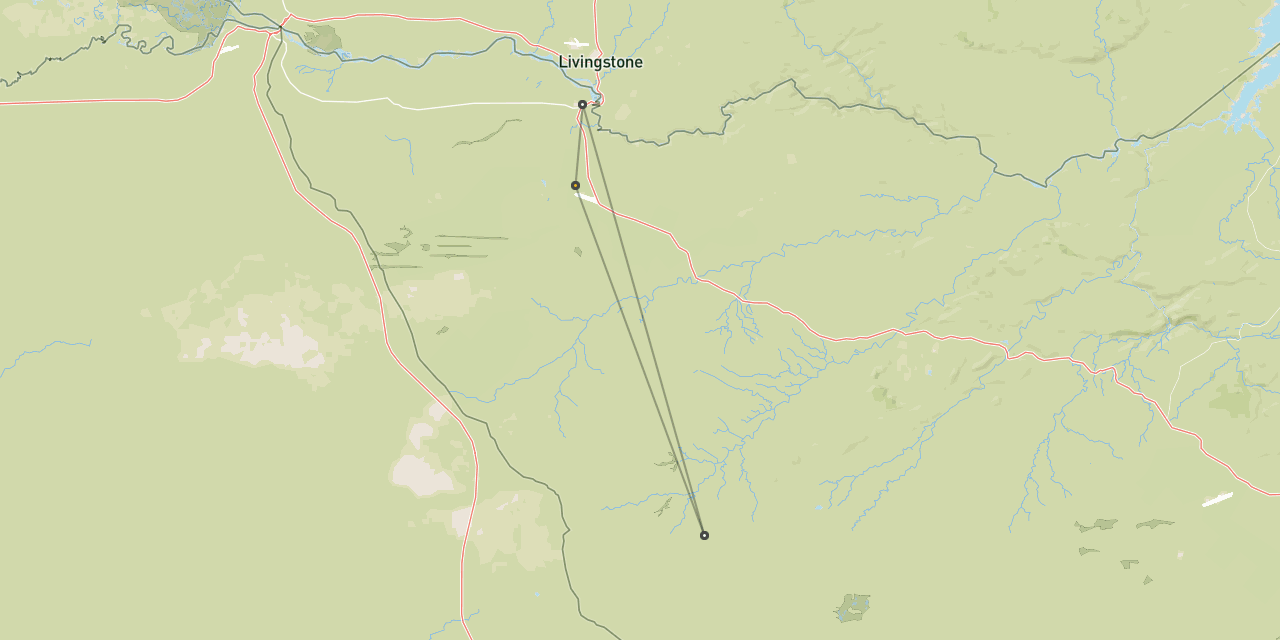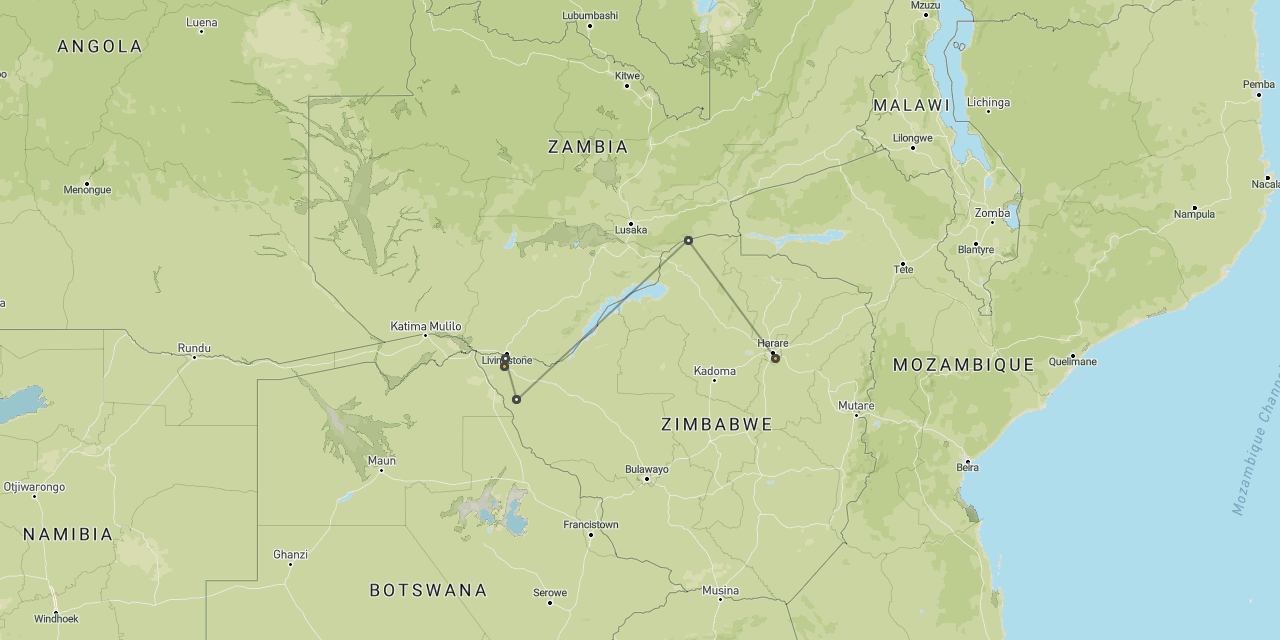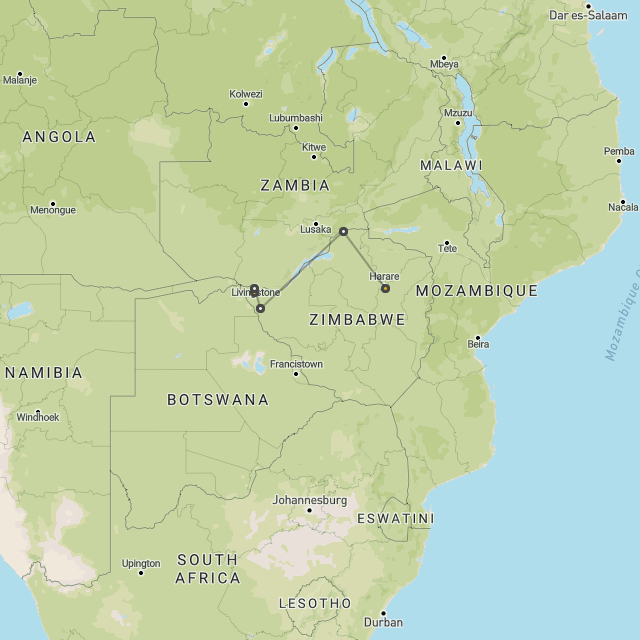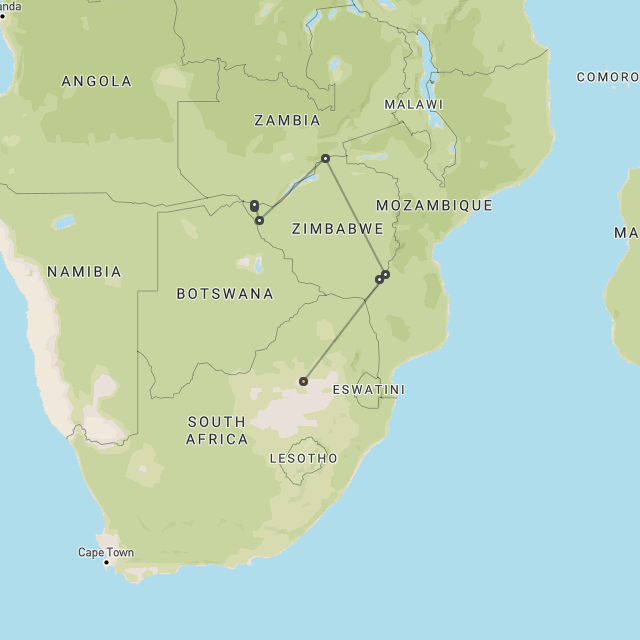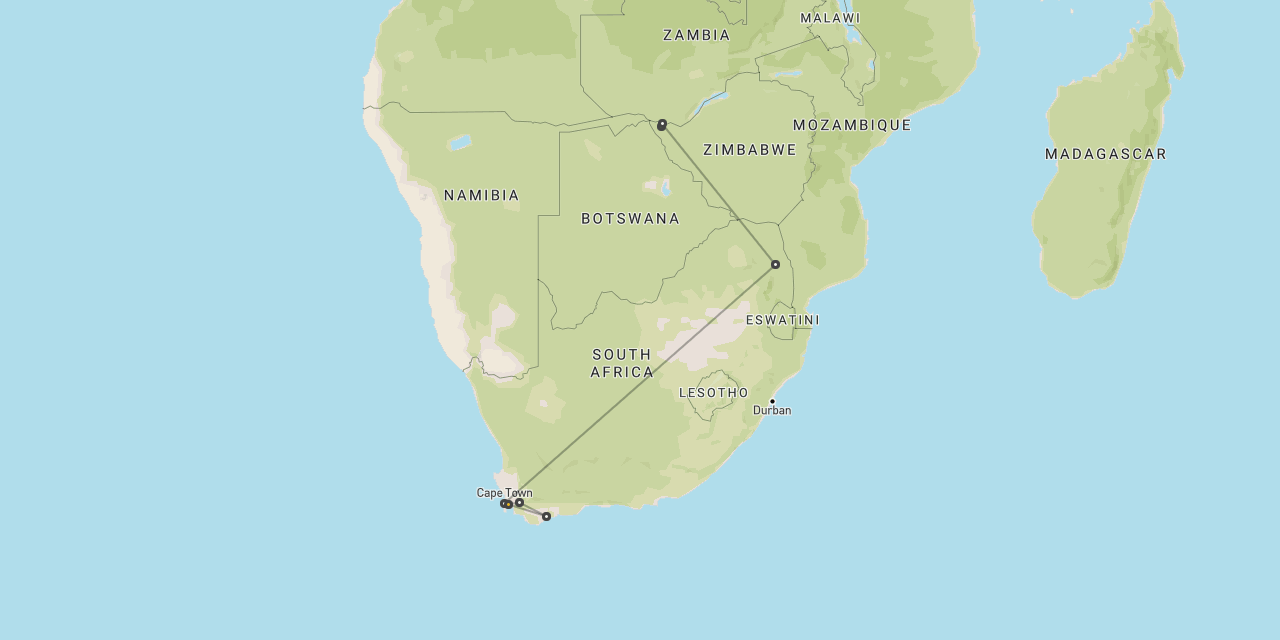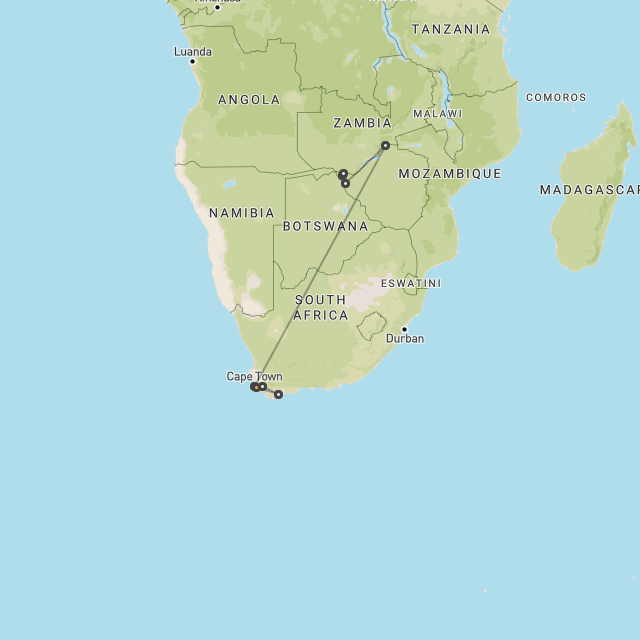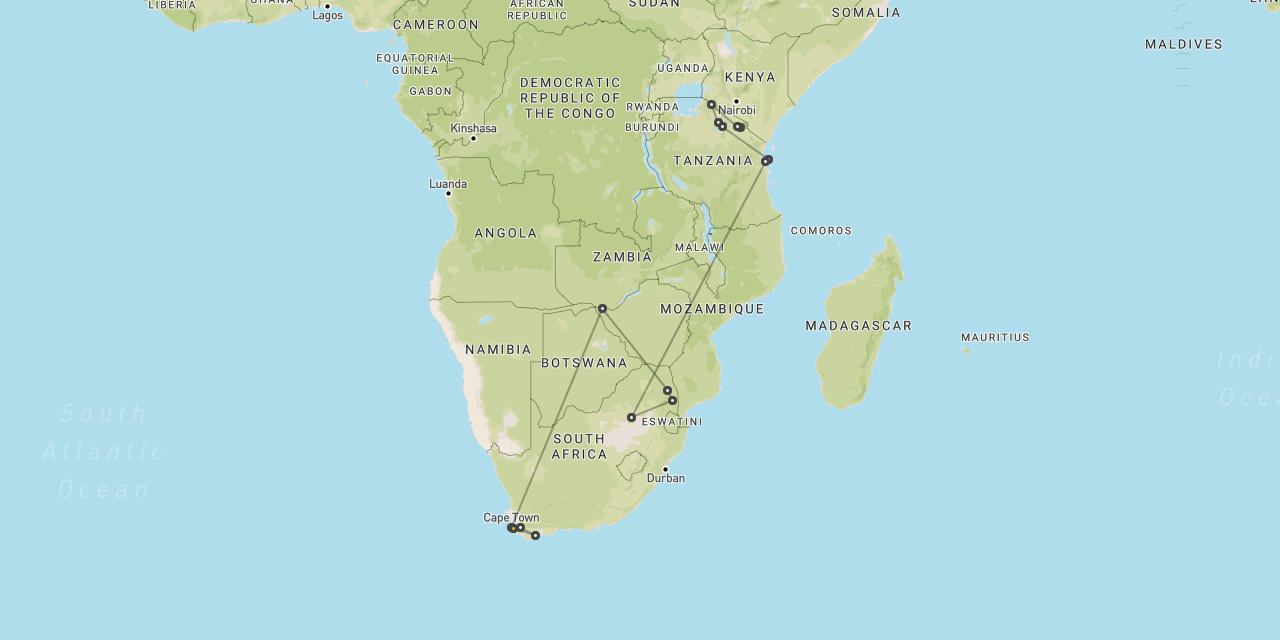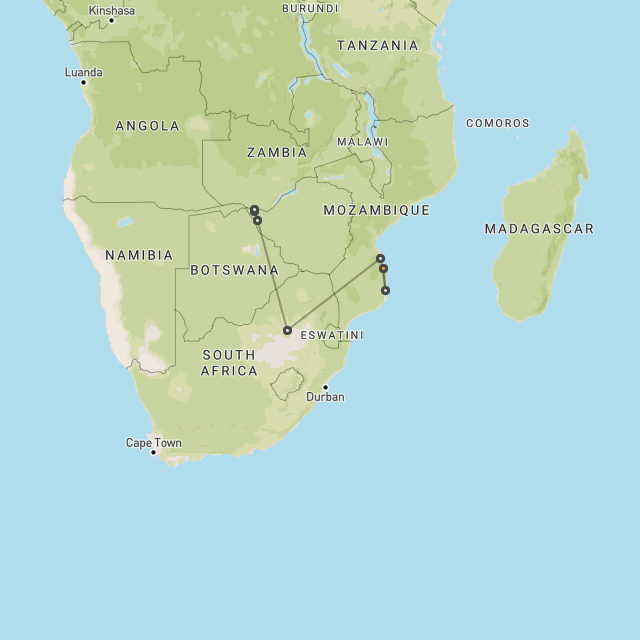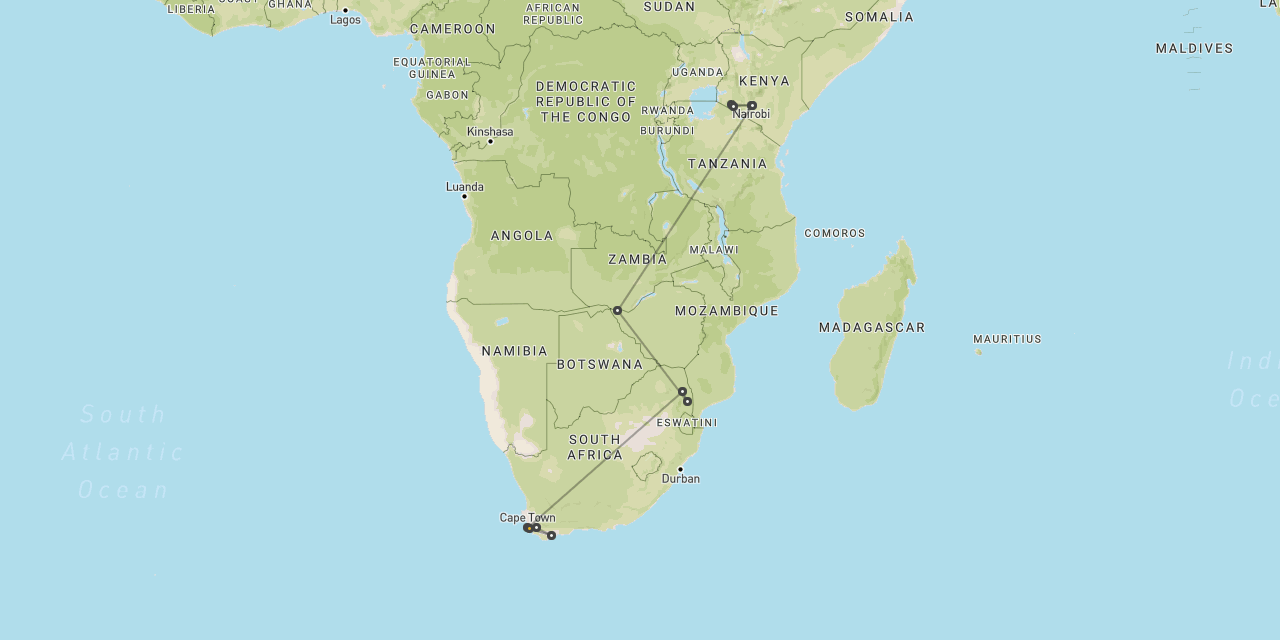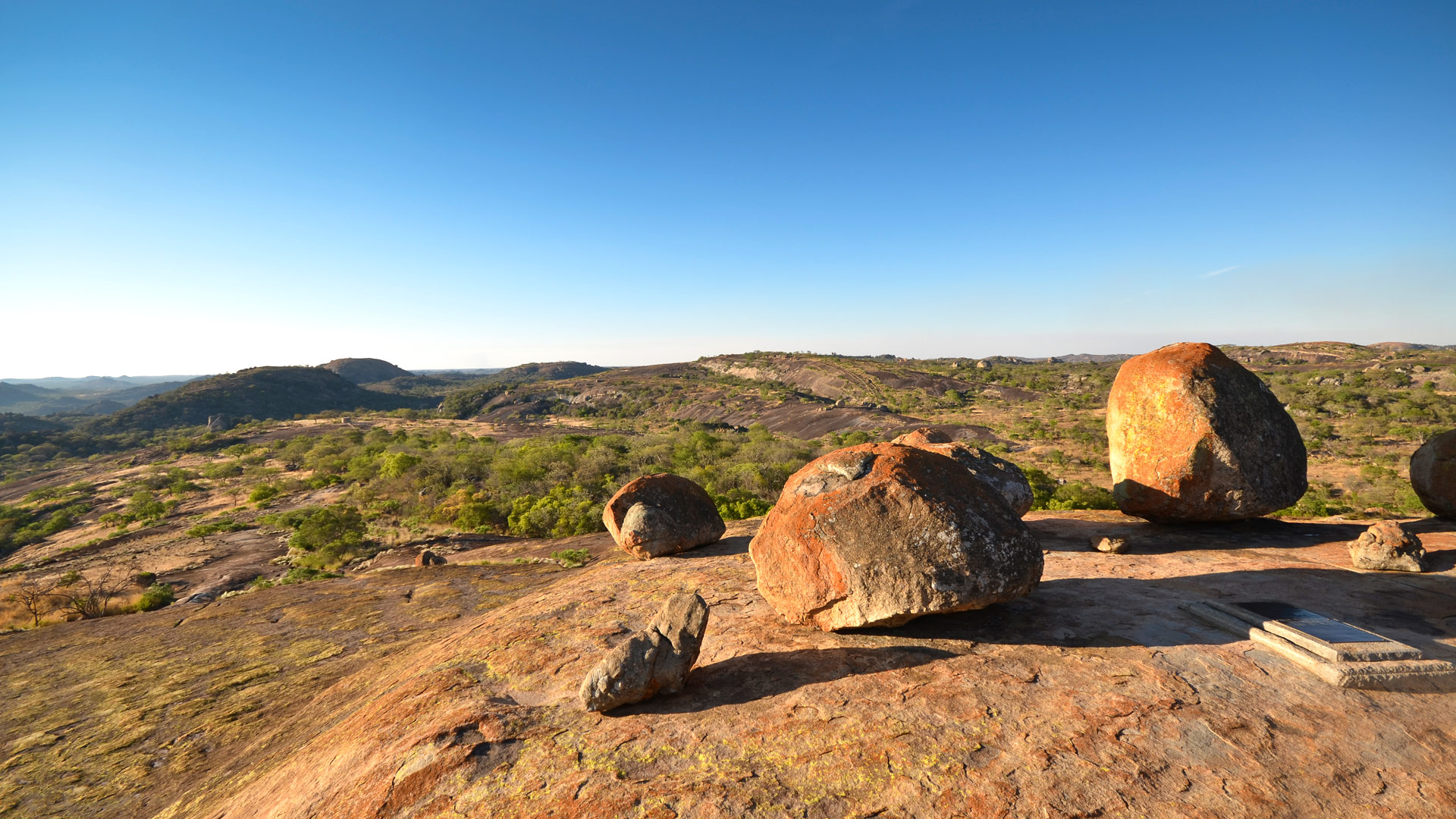
Safari to Matobo
Matobo
is an unusual safari area,
with hiking, biking and rhinos
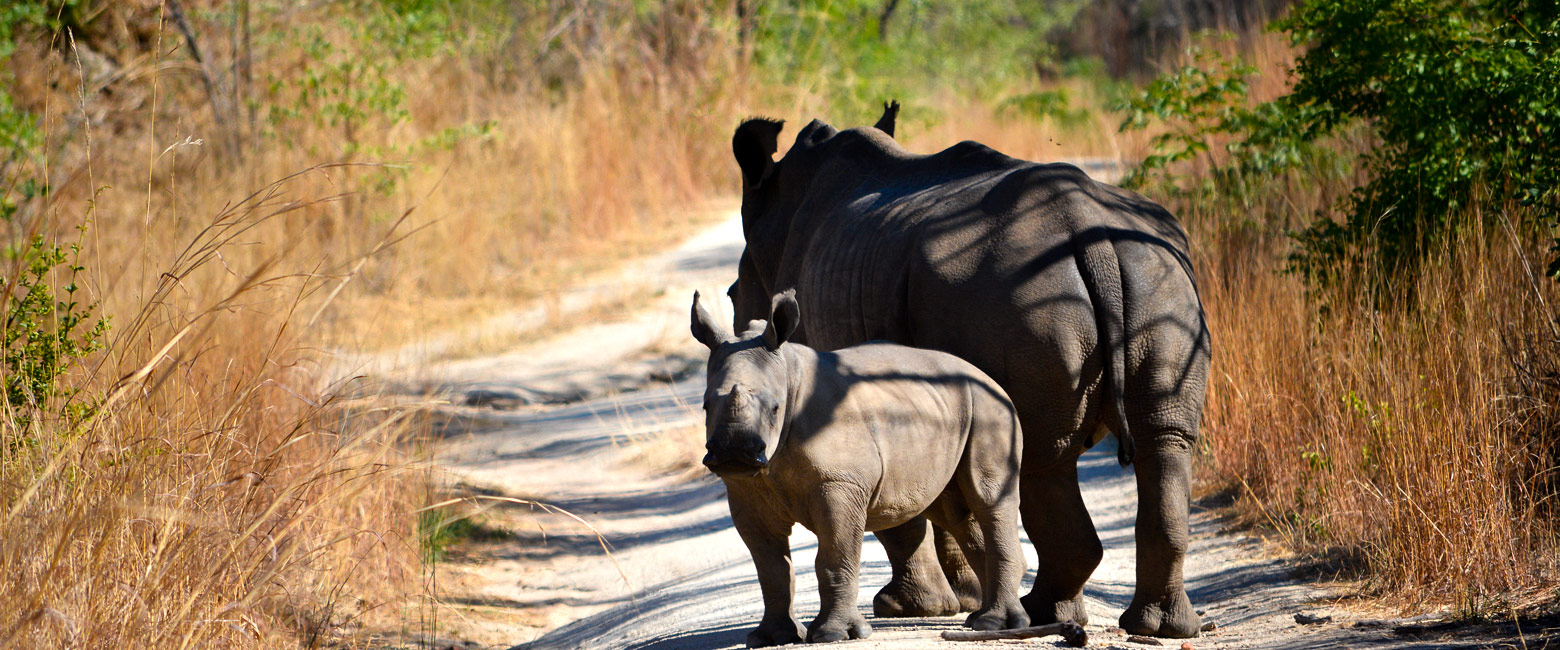
an striking rocky landscape of characteristic kopjes
The Matopos Hills is a small but beautiful area of granite outcrops and wooded valleys, renowned for Bushman rock-art sites and wildlife, notably including white rhinos.
The hills cover an area of around 3000 square kilometres to the south of Bulawayo, of which around 400 square kilometres is contained within the Matobo National Park.
Originally established in 1926 as Rhodes Matopos National Park, a bequest from British pioneer Cecil Rhodes, this is one of the oldest conservation areas in Africa.
The park forms the core of the Matopos Hills and is an area of characteristic granite kopjes and wooded valleys. It was designated a UNESCO World Heritage Site in 2003 and exhibits a profusion of distinctive rock landforms rising above the subsurface granite shield that covers much of Zimbabwe.
Part of the national park is set aside as a 100 square kilometre wildlife reserve, which has been restocked with animals including sables, giraffes, zebras, impalas, wildebeest and ostriches. The area is particularly well known for leopards, black rhinos and white rhinos.
The area is also renowned for various cultural aspects, not least the extensive and very impressive Bushman rock-art.
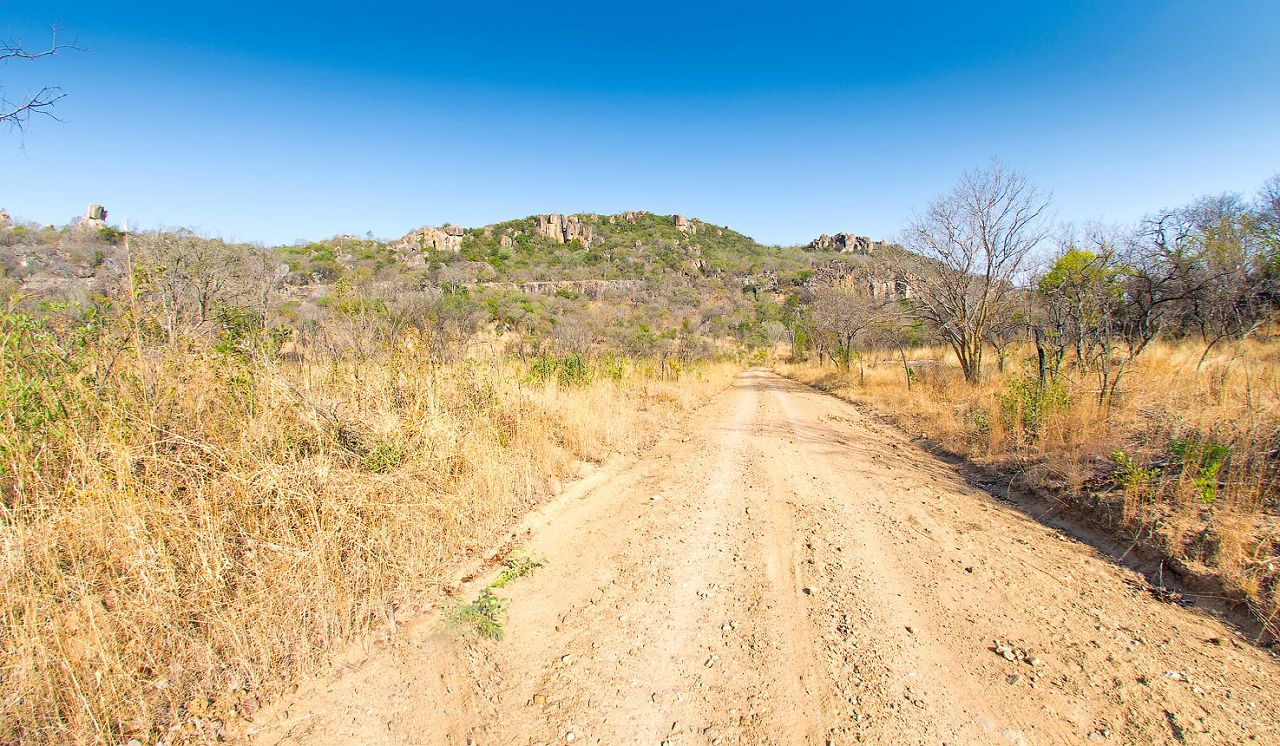
Gallery
Map
Matobo is a relatively little-visited area, but it does offer a new set of landscapes and a different range of activities from the main safari areas in Zimbabwe.
The area is most commonly combined with Hwange, with the two areas being connected by road. The usual stay duration is 3 nights.
Seasonality
It is important to note that Matobo is less seasonal than other safari areas, since the reserve is fenced and the animals do not migrate in and out of water through the year.
The best time to visit Matobo is during the May-Oct dry season, when the weather is dry and sunny.
During that period, May-Jul is pleasantly cool at night. Into Oct-Nov the weather is likely to be uncomfortably hot, especially at night.
Getting there
Matobo is usually accessed by road from Hwange, the two areas adding up to a really nice and varied safari experience.
Departure is usually via the airport at nearby Bulawayo, which has regular connections to Johannesburg and on to Cape Town.
An alternative departure is to continue overland to the fabulous archaeological site of Great Zimbabwe and another great safari area in Gonarezhou.
Where to stay
The Matobo area contains only a couple of accommodation options, with Amalinda Lodge being the usual standout.
usually combined with safari in Hwange
let us know your thoughts about Zimbabwe
and we will help you create the perfect trip
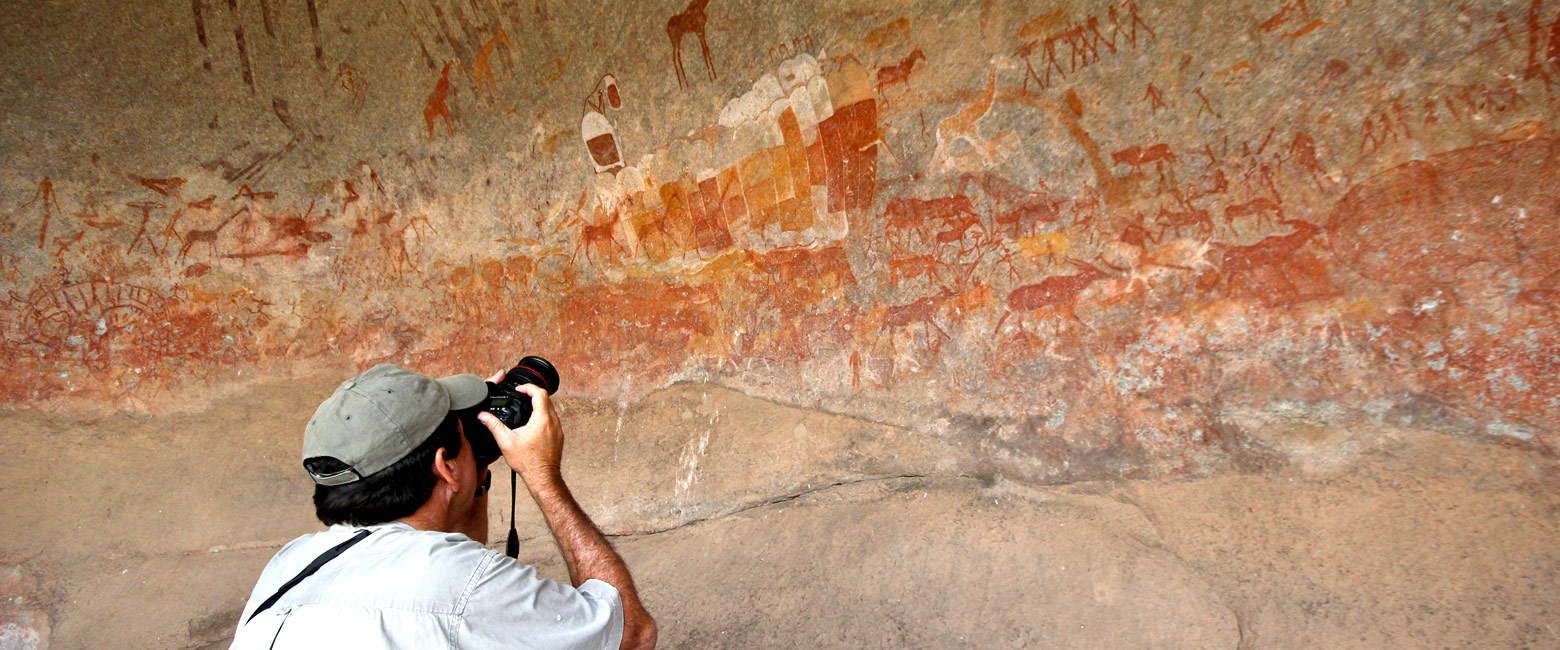
Extraordinary tailor-made adventures,
from earthy and edgy to easy and extravagant
From around USD 2500 per person, you set the ceiling
Sample Trips
Here are some of our popular trip shapes

Get started on your trip
It’s never too soon to get in touch, we are here to help with every stage of your planning.
Best Lodges
We regularly inspect and photograph all of the the best lodges, to ensure that we always recommend the most suitable options
Key Locations
Take a look around related locations. Click ‘View more’ to explore locations further afield.








